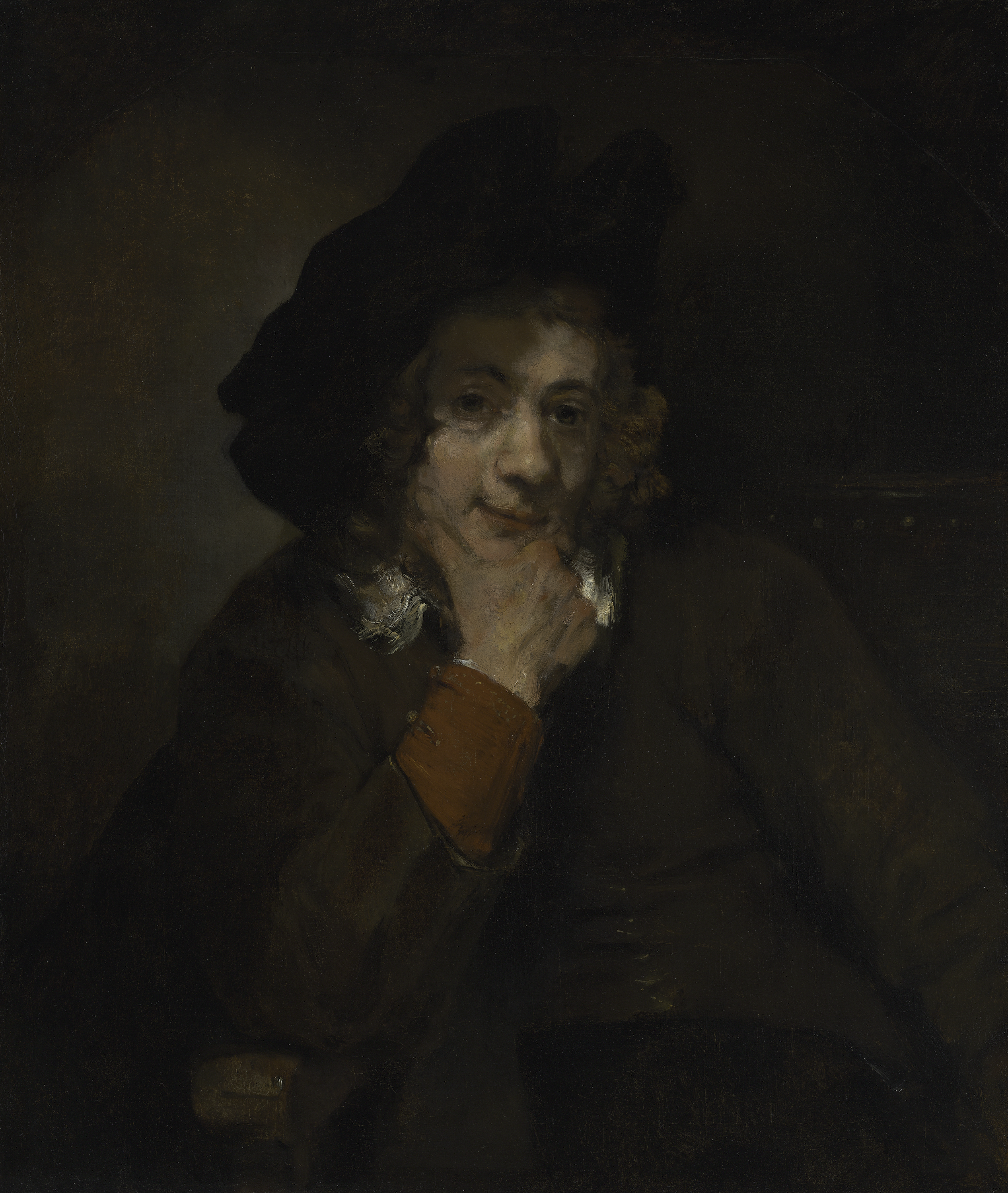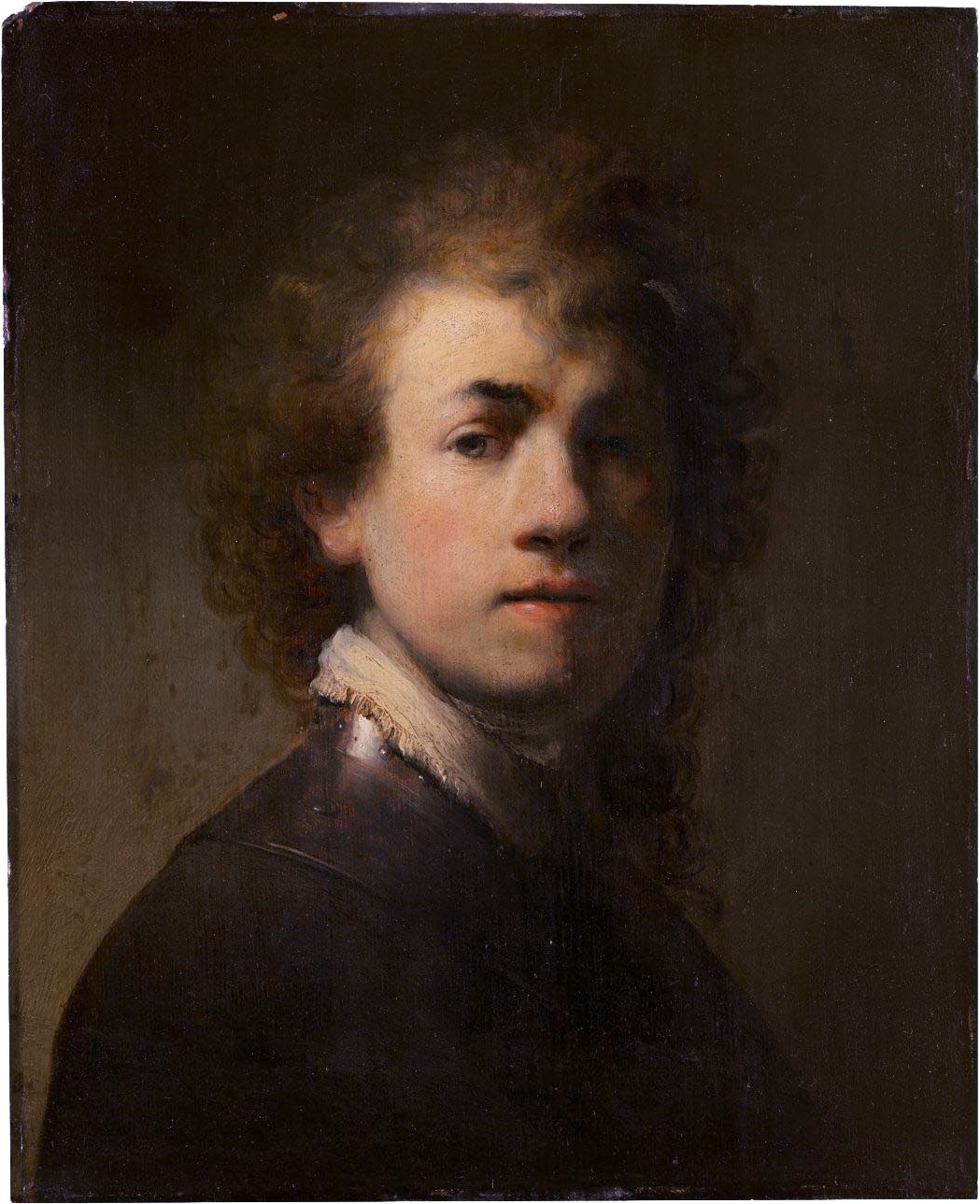You know that this is Rembrandt's year right? On this occasion we will present a lot of Rembrandt's pieces from various museums. Today—the one from Baltimore Museum of Art that now can be seen in Rembrandt's House in Amsterdam in the Rembrandt's Social Network exhibition. It's amazing, isn't it?
Rembrandt painted his son Titus when he was about 19 years old. This is anything but a formal portrait. A smiling Titus sits very informally on a chair, his elbow on the armrest and his chin cupped in his hand. Titus can be identified by his russet curls, large, deep-set eyes, and dark, arched eyebrows. His nose is strong with a round tip, and he has a pronounced mouth curling up at the corners. The pressure of the hand has pushed the mouth slightly out of shape—an effect that was keenly observed by Rembrandt and contributes to the casual character of the painting. Rembrandt’s painting manner also seems to be exceptionally loose and swift here. He created the shadow on Titus’s forehead, for instance, simply by leaving the yellowish-brown ground showing, and put in the light areas of the face with broad brushstrokes. Halfway through, Rembrandt lowered the position of the thumb slightly; this has now become visible where the paint has been abraded. And finally, it has been discovered that the work was painted on a left-over piece of a much larger canvas, a remnant that was lying around in the studio. The whole thing gives the strong impression that the painting was dashed off quickly and by chance.
Perhaps it went like this: Titus strolls into his father’s studio for a chat and flops into a chair. Rembrandt decides to make a painting of his son, a study finished in a flash. His aim is to show how well he can convey very specific emotions through pose and facial expression, one of the prerequisites for a good history painter. It is a study, but he signs the painting anyway, so that it can be sold. The result is more than an extremely original painting (never do you see someone smiling and sitting so nonchalantly with his chin resting on his hand), it is a pictorial document of the relationship between father and son. Titus was relaxed in his father’s company. Father and son seem to get on well; they were comfortable with one another.
P.S. Here are eight reasons to visit Rembrandt House in Amsterdam besides the Rembrandt's Social Network exhibition!


 Rembrandt van Rijn
Rembrandt van Rijn